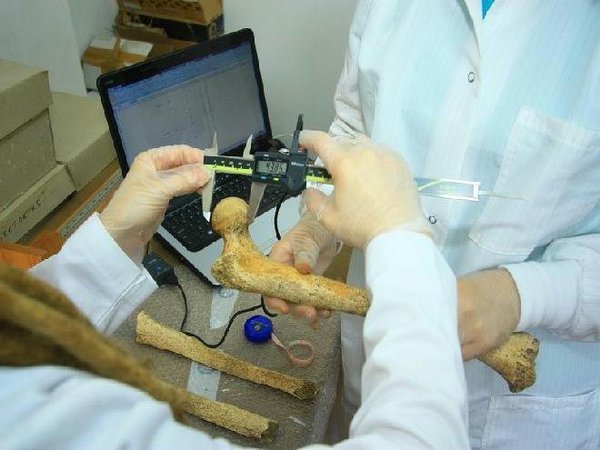
Submitted 21 March 2016 by Andre Gonciar / Katie Zejdlik Passalacqua
Field school sexual harassment policy: http://media.wix.com/ugd/3ff7f8_174be992cedb4b16ab09ba9a557bcaa7.pdf

This is an intensive osteology laboratory research workshop, aimed to prepare students for field osteology, which is challenging in that one must be able to correctly identify, side, and age skeletal elements when minimal osseous material is visible, to properly plan the excavation of the burial. Goals of this three-week intensive workshop include: identification of skeletal fragments (human and nonhuman); estimation of general age of the bones and whether one should expect epiphyses or other additional ossification centers during excavation; identification of element side; and evaluation of pathological and taphonomic modification to bone. The high number of well-preserved burials and time depth of the cemetery allows for multiple research questions to be addressed during the course of the project: How have cemetery demographics changed through time and how does this correlate with changing religious and political influences in the area? How have indicators of health changed over time and how do they correlate with changing religious and political influences in the area? How has biological kinship use of the cemetery changed over time? Can we biologically detect a transition from three villages using the cemetery to a single village? Also, can we identify family groups within the cemetery?
Project Director: Dr. Katie Zejdlik Passalacqua (Western Carolina University); Dates: May 22 - June 11, 2016
Copyright © 2024 American Association of Biological Anthropologists.
Site programming and administration: Ed Hagen, Department of Anthropology, Washington State University